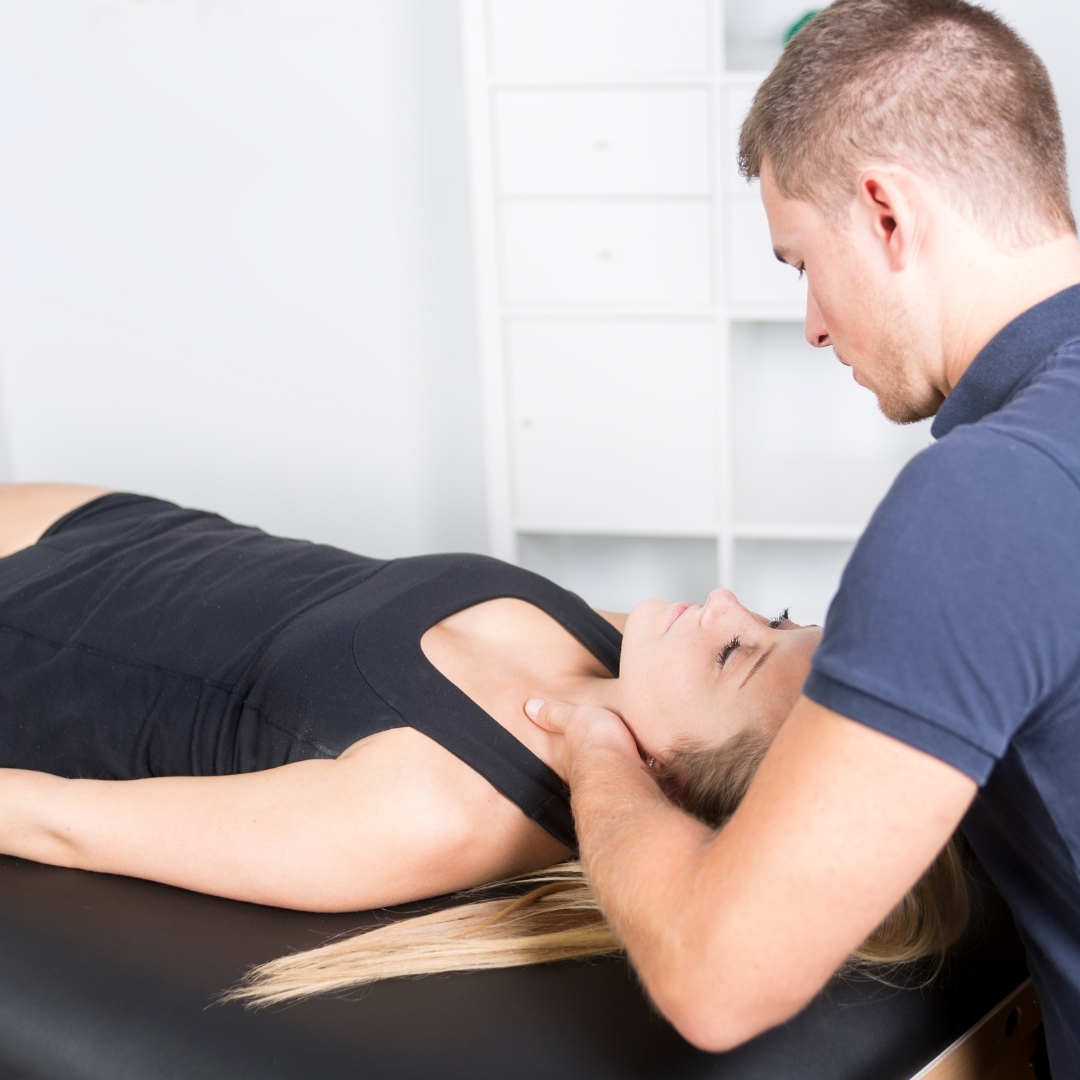In this article
Stiff neck? 6 prevention methods
Owls have an enviable flexibility when it comes to turning their heads, able to rotate their necks an impressive 270 degrees without breaking any blood vessels or tearing any tendons.
Your neck, on the other hand, doesn’t have quite the same range of motion. We humans can usually turn our heads about 90 degrees to the left or right, just about giving us the ability to look over our shoulders.
Sometimes, you can’t even do that though. A stiff neck may limit your movements, making you very cautious about moving your head.
Stiff necks are common and have a variety of causes, including underlying conditions like osteoarthritis. While there may not be much you can do about that, you can often avoid a stiff neck by not straining your muscles.
Your neck is a relatively thin column that supports your fairly heavy head. It manages this load most easily when your ears are above your shoulders, your chest is open and your shoulders are back. This minimises the stress on your neck by balancing your head’s weight evenly.
Unfortunately, it’s very easy to end up in a different posture. Check yours now. Is your head stretched out in front of you or tilted down? If you’re often in those positions, you may strain your neck.
Here are 6 stiff neck prevention methods.
1. Sleep with a neutral spine
We spend about a third of our lives asleep so it makes sense to protect your neck while you sleep.
Your spine should be in a neutral position, which is best achieved by lying on your back or side with a pillow (you only need one) that supports your head and the curve of your neck. If you’re sleeping on your side, your head should be facing forwards, not staring down at your feet.
2. Set your desk up properly
If you spend most of your working hours at a computer, then it’s vital that your neck is in a good position while you’re at your desk.
Setting up your desk properly involves:
- Positioning your computer screen at eye level – get a stand or use a few heavy books to lift it up your monitor
- Ensuring your keyboard is level with your elbows (get an external keyboard if you work on a laptop all day so you can lift the screen to the right height)
- Sitting upright in your chair with your head above your shoulders, not stretched out in front
- Taking regular breaks to move your body, including your neck.
3. Drive safely
Some jobs require a lot of driving. Even ferrying the kids to after-school activities can involve a surprising amount of time behind the wheel.
If your seat is too low or too far back, you’ll end up craning your neck forward.
To avoid that:
- Lift your seat higher (if you can)
- Move your seat forward so you can reach the pedals easily
- Roll a towel up behind the small of your back
- Sit upright with your shoulders back and your neck above them
- Adjust the steering wheel so you can easily reach it without rolling your shoulders forwards
- Reposition your mirrors to suit your new position
- Check your posture as you drive and make further adjustments if necessary.
4. Beware of text neck
Text neck is what you get if you spend prolonged amounts of time looking down at your phone. To be fair to the digital natives, it’s worth remembering that voracious readers may also develop similar symptoms from reading a book.
To prevent text neck, try to:
- Avoid prolonged sessions in the same position
- Take regular breaks and move your neck
- Put the device in a better position so you don’t have to look down all the time.
5. Be careful with DIY
Fixing up your place? You’re using your neck a lot, then, whether it’s stretching backwards to paint a ceiling or craning to work inside a tight space.
Again, check your posture. Take frequent breaks. And do some neck stretches.
6. Stretch it out
Stretching activates your parasympathetic nervous system and increases blood flow to your muscles. It feels good too.
Try to do these neck stretches regularly to ease your neck muscles:
- Arch your lower back and twist from your waist to the right and to the left
- Squeeze your shoulder blades together and slowly tip your head back
- Slowly turn your neck to look over your left shoulder then turn the other way and look over your right
- Stand up, put your hands behind your hips and gently bend backwards a little.
How can The Brisbane Spine Clinic help?
If you’re dealing with an ongoing pain in the neck, please make an appointment.
Our skilled physiotherapists will listen to your symptoms, examine you, then provide appropriate treatment to relieve your symptoms and reduce the likelihood of a recurrence.
Disclaimer
All information is general in nature. Patients should consider their own personal circumstances.







